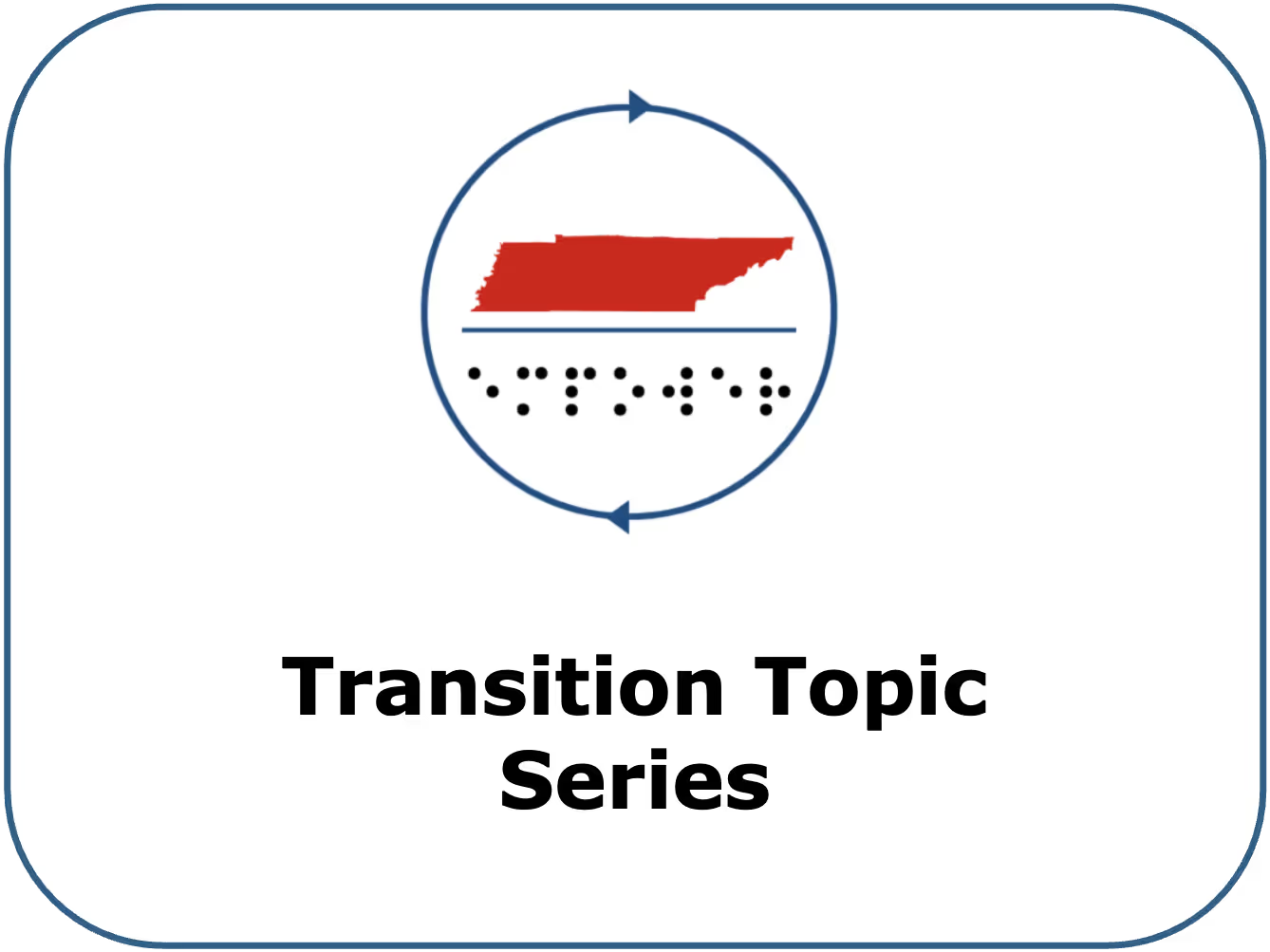Transportation Definitions Transportation systems are important for ensuring individuals have access to employment opportunities, education institutions, social networks, and medical services. Transit services can include several different ways of getting from one place to another. These include fixed route services (buses, subways), paratransit services (accessible door-to-door services), taxis, and rideshare services (Uber, Lift). We understand that people who are blind or have low vision face systemic challenges in accessing reliable, affordable, and efficient transportation in all areas of the U.S. In the resources section below we will point you to resources that further describe these services and point you to services in your area.
Guiding Questions Do you know what transportation options are available to you in your area? Is there a bus stop near your home? Where do the buses go? How many kinds of transportation have you experienced? How familiar are you with laws related to transportation and people with disabilities? What are some ways you can stay safe while using transportation? Resources Tips for Transportation – Perkins School for the Blind This website discusses the importance of transportation options for transition-age students who are blind or visually impaired. It covers various modes of transportation, adaptability when usual options are unavailable, and proactive planning.
Public Transit tips for the visually impaired and blind — World Services for the Blind (wsblind.org) This website provides a comprehensive guide for the blind and visually impaired on using public transportation in the United States. It offers practical tips such as planning ahead, utilizing discounts, navigating with Google Maps, and leveraging transportation apps. It also highlights the importance of asking for assistance, the specifics of booking and using tickets, and the benefits of Orientation and Mobility training.
Blind and Low Vision Transportation Guide (bva.org) This comprehensive guide from the National Research and Training Center on Blindness and Low Vison, covers an array of topics. These include information about orientation and mobility, bioptic driving, and many other types of transportation services. It also covers transportation tips and back up plans.
Improving-Transportation-Systems-People-Vision-Loss.pdf (afb.org) This paper outlines the transportation challenges encountered by people with vision loss, describes current trends and promising practices, and identifies research and information gaps.
Transportation - ConnectCenter (aphconnectcenter.org) This resource covers several articles to learn about using ride-share and public transportation options, including trains, buses, and air travel. This resource also discusses how to find rides and hiring a driver.
The ADA & Accessible Ground Transportation | ADA National Network (adata.org) The Americans with Disabilities Act (ADA) applies to both public and private ground transportation providers. The ADA rules that apply to transportation are regulated by the U.S. Department of Transportation. This website helps you explore these legal requirements and how to file a complaint if these requirements aren’t being met.
Transportation Services for Persons with Disabilities in TN This resource lists the companies and contact information for transportation services in West, Middle, and East Tennessee for youth and adults who are blind or have low vision.






